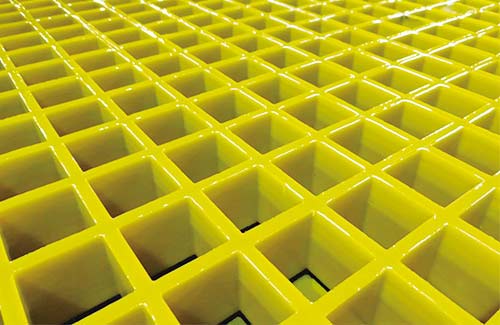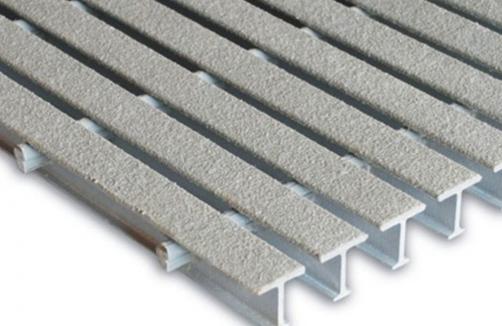Решетка FRP для кислотной зоны полупроводниковой фабрики: Идеальное напольное покрытие для жестких химических сред
FRP Grating for Semiconductor Fab Acid Area: The Ideal Flooring Solution for Harsh Chemical Environments In the high-tech world of semiconductor fabrication, maintaining a clean and safe environment is paramount. The acid areas within these facilities are particularly challenging, as they are exposed to harsh chemicals that can damage traditional flooring materials. What if there was a flooring solution that could withstand these extreme conditions while also enhancing safety and efficiency? The answer lies in Fiber-Reinforced Polymer (FRP) grating. What Makes FRP Grating Suitable for Semiconductor Fab Acid Areas? FRP grating is a composite material made from a combination of fiberglass and a polymer resin. This unique composition makes it highly resistant to corrosion, chemicals, and extreme temperatures. Unlike traditional materials like concrete or steel, FRP grating does not rust or corrode, ensuring long-term durability in acidic environments. Why Choose FRP Grating Over Traditional Materials? Traditional flooring options often struggle in semiconductor fab acid areas. Concrete can crack and absorb chemicals, while steel rusts and corrodes over time. FRP grating, on the other hand, offers several advantages: Chemical Resistance: It can withstand a wide range of acids and corrosive substances. Lightweight: FRP grating is significantly lighter than concrete, reducing the

